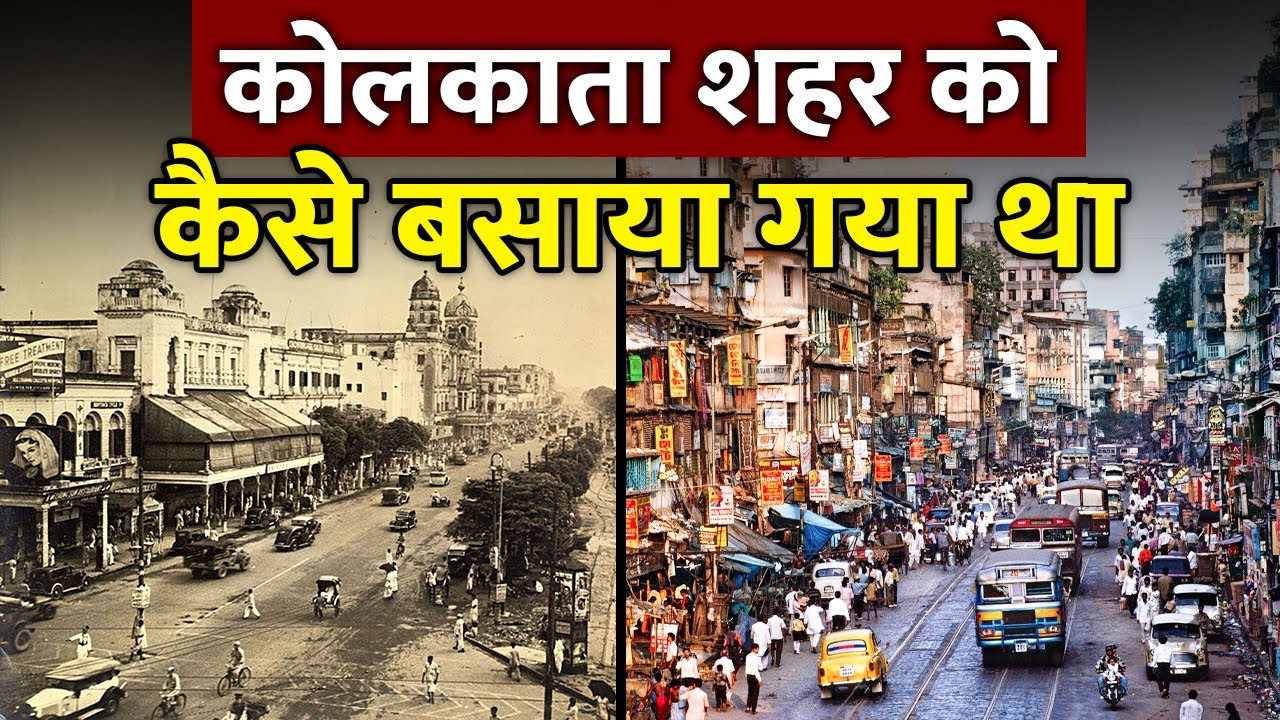Sejarah Medan menjadi Kota
Summary
TLDRThe script narrates the historical evolution of Medan, which started as a small settlement and became the capital of Deli Sultanate and East Sumatra. After the Dutch received a concession for tobacco cultivation, Medan developed into a trade and administrative center. It experienced two major waves of immigration, first with contract laborers from China, India, and Java, and later with Minangkabau, Mandailing, and Aceh people for trade and education. By 1918, Medan was officially a city with diverse communities and had expanded significantly from its Dutch colonial era size.
Takeaways
- 🏘️ Initially, Medan was just a village while the capital of the Deli Sultanate was in Labuhan.
- 🚬 The Dutch received a land concession from the Sultan of Deli for tobacco cultivation, shifting the focus of agriculture away from Labuhan.
- 🛍️ After settling in Labuhan, Jacob Nenehouse, the founder of the Deli Tobacco Company, moved to Medan in 1869, establishing his residence and the company's headquarters.
- 📈 Medan's development into a trading center led to it becoming the administrative center in 1879, with the capital of the Deli Resident moved from Labuhan to Medan.
- 🏛 The Deli Sultanate's palace was also relocated to Medan, coinciding with the completion of the Maimun Palace on May 18, 1891.
- 🌐 The capital of the Deli Sultanate officially moved to Medan, marking a significant shift in the region's political center.
- 🌊 Medan experienced two major waves of immigration in the late 19th and early 20th centuries, with the first wave involving Chinese, Indian, and Javanese contract laborers for plantations.
- 🛑 After 1880, the Dutch stopped bringing Chinese laborers due to their tendency to escape and cause unrest, leading to a focus on Javanese laborers.
- 📚 The second wave of immigration included Minangkabau, Mandailing, and Acehnese who came to Medan for trading, teaching, and religious roles, not plantation work.
- 🏙️ In 1915, the position of the East Sumatra Resident was elevated to Governor, and on April 1, 1918, Medan officially became a city with its first mayor, Baron Daniel Meke.
- 📜 The Sultan of Deli ceded the land of Medan to the city, placing it under direct Dutch control, with the city council's composition determined by ethnicity.
- 📈 Post-independence, Medan expanded its area significantly from 1853 hectares to 26,510 hectares by 1974, nearly 18 times larger than during the Dutch era.
Q & A
What was the original status of Medan before the Dutch influence?
-Initially, Medan was just a small settlement while the Deli Kingdom was centered in Labuhan.
How did the Dutch obtain the right to cultivate tobacco in the region?
-The Dutch received a land concession from the Sultan of Deli for the cultivation of tobacco.
Why did the development of agriculture shift from Labuhan to Medan?
-After the Dutch received the land concession, the development of agriculture moved away from Labuhan to Medan.
Who was Jacob Nenhouse and what did he do in Medan?
-Jacob Nenhouse was the founder of the Deli Tobacco Company. He moved to Medan in 1869 and established his residence and the tobacco company's office between the Babura and Deli rivers.
What significant event led to Medan becoming the center of trade and government?
-The development of Medan Putri into a trade center and the subsequent move of the Deli Resident's capital from Labuhan to Medan in 1879 marked its rise as a center of trade and government.
When and why was the capital of the Deli Sultanate officially moved to Medan?
-The capital of the Deli Sultanate officially moved to Medan on May 18, 1891, coinciding with the completion of the Maimun Palace.
What were the two major waves of immigration to Medan in the late 19th and early 20th centuries?
-The first wave included the arrival of Chinese, Indian, and Javanese contract workers for the plantations. The second wave consisted of Minangkabau, Mandailing, and Acehnese who came for trade, education, and religious roles.
Why did the Deli Tobacco Company stop bringing Chinese workers after 1880?
-The company stopped bringing Chinese workers because many of them escaped from the plantations and often caused disturbances.
What was the status of the Eastern Sumatra Resident in 1915, and what change occurred on April 1, 1918?
-In 1915, the Resident of Eastern Sumatra was promoted to the position of governor. On April 1, 1918, the city of Medan officially became a City of Praja or Municipal City with its first mayor, Baron Daniel Meke.
How did the Sultan of Deli contribute to the establishment of Medan as a city under the direct control of the Dutch East Indies?
-The Sultan of Deli transferred the land of Medan City to the GMT Medan through a deed of gift, making it officially a territory under the direct control of the Dutch East Indies.
What was the composition of the city council members in Medan based on ethnic groups?
-The city council of Medan was composed of 10 Europeans, 5 indigenous people, and 2 foreign Asians.
How did the population of Medan change from 1918 to 1974?
-In 1918, Medan had a population of 43,826, consisting of Europeans, indigenous people, Chinese, and other foreign Asians. By 1974, the city had expanded its area from 1853 hectares to 26,510 hectares, indicating a significant increase in population and urban development.
Outlines

このセクションは有料ユーザー限定です。 アクセスするには、アップグレードをお願いします。
今すぐアップグレードMindmap

このセクションは有料ユーザー限定です。 アクセスするには、アップグレードをお願いします。
今すぐアップグレードKeywords

このセクションは有料ユーザー限定です。 アクセスするには、アップグレードをお願いします。
今すぐアップグレードHighlights

このセクションは有料ユーザー限定です。 アクセスするには、アップグレードをお願いします。
今すぐアップグレードTranscripts

このセクションは有料ユーザー限定です。 アクセスするには、アップグレードをお願いします。
今すぐアップグレード関連動画をさらに表示

Jelajah Museum Daerah Deli Serdang | Bingkai Sumatera

3 गांवों को मिलाकर अंग्रेजों ने कैसे बसाया कोलकाता? | History Of Kolkata : Kolkata Ka Itihaas

SEJARAH KERAJAAN SAMUDERA PASAI @babadnusantara369

Kerajaan Perlak: Pernah Takluk dari Kerajaan Sriwijaya | Sejarah Aceh

Sejarah Provinsi Kalimantan Timur Benua Etam | Tagar

A Brief History of Jakarta - 3D Animation (Animasi Sejarah Singkat Terbentuknya Kota Jakarta)
5.0 / 5 (0 votes)
